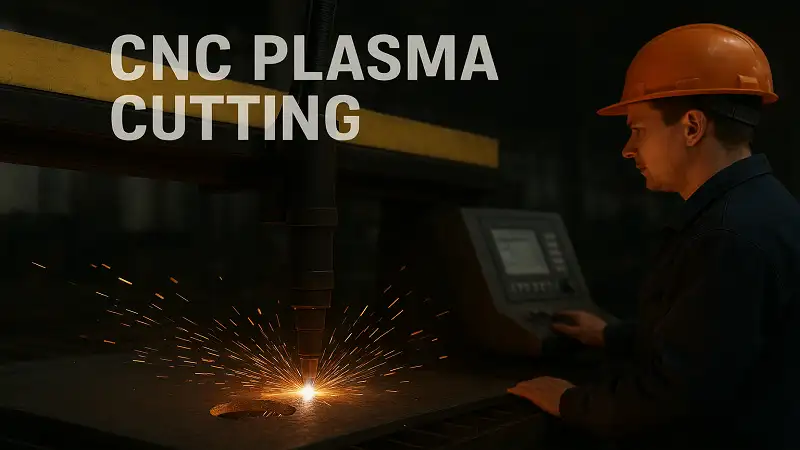Metal fabrication requires accuracy and flexibility, as well as the appropriate methods to achieve trustworthy outcomes. One favoured option is CNC plasma cutting, which provides both high speed and precision in a large variety of metals. It is a powerful tool to fabricators because it is adaptable to a wide range of materials. Plasma cutting does not react with all metals, however. Being aware of which metals are more efficient enhances effectiveness, quality of cuts and performance. In the case of Australian companies, this knowledge informs material selection in fabrication.
Mild Steel
The most common metal that is used in CNC plasma cutting is mild steel. It has a low level of carbon and produces great cut quality, resulting in the formation of clean, smooth edges that typically require minimal finishing. Mild steel is easily available and cost-effective to both the small and the big projects.
Stainless Steel
Another option is stainless steel. Plasma cutting is ideal since the strength and longevity of the metal is maintained. To prevent oxidation of the edges, operators have to fine-tune settings. Stainless steel produces good cuts when the parameters are right and this is applicable when using stainless steel in food processing, construction and production of medical equipment.
Aluminium
Aluminium is more difficult in comparison with steel because it is highly thermal conductive. Uncontrolled heat can quickly spread, impacting on the quality of the cut. But CNC plasma cutting can work as long as the operator employs the appropriate methods. Aluminium is cut with a very high degree of precision by varying the amperage and speed. It is light and non-corroded and thus useful in aerospace, automotive and marine industry.
Copper and Brass
Copper and brass are very good conductive metals that should be handled with a lot of care. They have reflective surfaces and are very expedient to cutting. Nonetheless, the contemporary plasma cutting machines are able to give precise findings on such materials. They are frequently utilised in decorative objects, electrical parts and specialised fittings that require detail.
Role of Advanced Cutting Technology
The use of plasma cutting by fabricators is altered by modern CNC systems. A connection of the cutting controls to the design software provides the operators with repeatable accuracy, even with complex designs. Products like Plazamax’s CNC laser cutter show how other high technologies can be used to supplement plasma cutting to offer flexibility and control to the fabricator on different metals.
Industries Benefiting from Metal Versatility
The capability to cut numerous metals presents prospects in the industries. Plasma cutting is used to cut structural components in construction companies. Lightweight and powerful parts are useful in the automotive and aerospace industry. It is also used by creative industry such as signage, art, to develop unique designs. This flexibility makes it significant in contemporary fabrication.
Summary
CNC plasma cutting offers accuracy in a large assortment of metals, including mild steel and copper alloys. All the metals require a sure adjustment, though the result is efficiency and quality. Material compatibility is an understanding that puts fabricators at a definite advantage. Plasma cutting is also imperative to industries requiring precision, speed and flexibility in metalwork.

